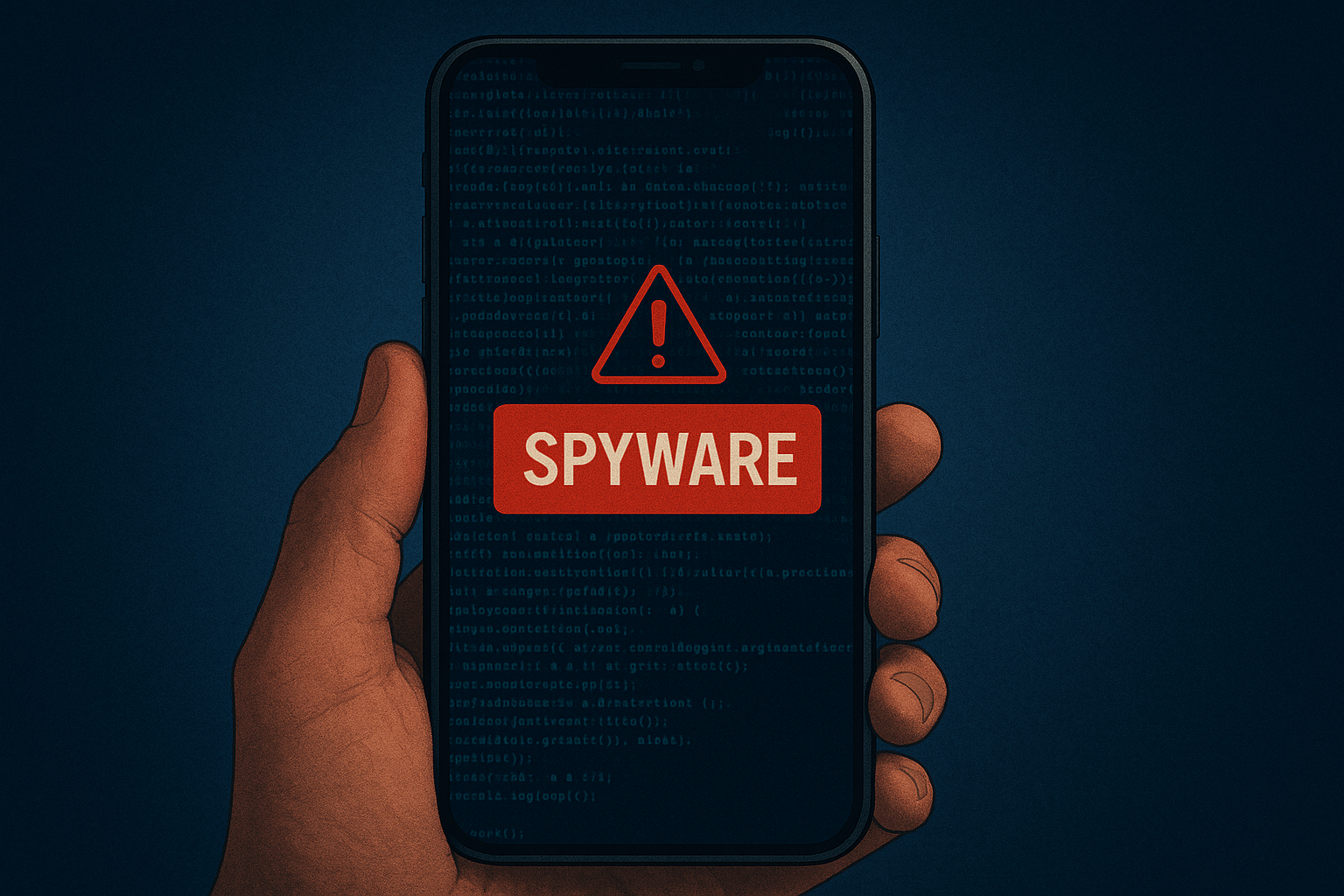The Agile Development Methodology refers to a practice that uses continuous improvement and testing in software application development processes. Within the Software Development Life Cycle, there are a couple methodologies commonly used today: namely Agile and Waterfall methods.
Agile is the newer of the two, and allows for more communication between customers, developers, managers, and testers. The developers within these teams split up their duties for developing the software, allowing for many different tasks to be accomplished in parallel; these are split up and assigned by priority from the team leader.
The Agile Method is done in “sprints”, where the developers complete their tasks over 1-2 weeks before their next “sprint” where they are assigned their next 1-2 weeks tasks. The Agile Method is generally set up with a ticketing system, allowing for each “sprint” to be working on various new feature requests, bug fixes, or modifications sent in by customers, clients, or stakeholders. This method continues to improve the product until it is complete and delivered to the customer.
It’s important for developers to be aware of the different methods and choose one that works best for their project. Below we will list the advantages and disadvantages of the Agile Methodology.
Source: Guru99
Additional Reading: Waterfall vs. Agile: Which is the Right Development Methodology for Your Project?
Related Terms: Software Development Life Cycle (SDLC), Waterfall Method, End-of-Life, End-of-Support
Discover and share the latest cybersecurity trends, tips and best practices – alongside new threats to watch out for.

Cybercriminals always follow Internet eyeballs. Not literally, but figuratively. And today's eyeballs are...
Read more
Active Attacks on Messaging Apps The Cybersecurity and Infrastructure Security Agency (CISA) recently issued...
Read more
The world of work has changed enormously since COVID-19. Gone are the days when IT admins sat behind a corporate...
Read moreGet sharper eyes on human risks, with the positive approach that beats traditional phish testing.
